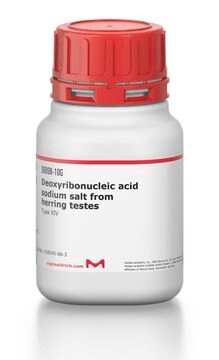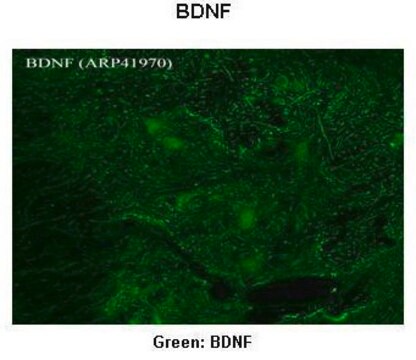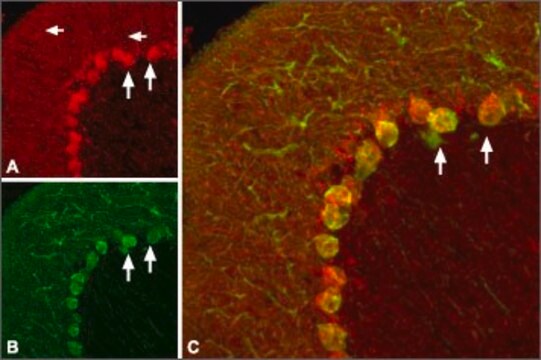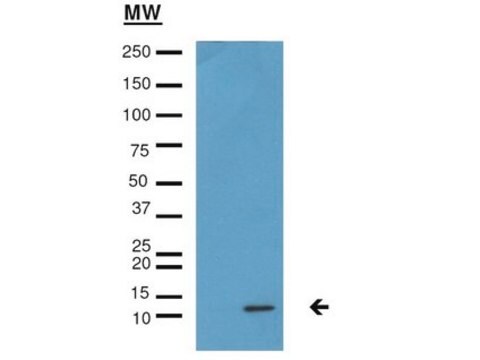05-690
Anti-HP1γ Antibody, clone 42s2
clone 42s2, Upstate®, from mouse
Synonym(s):
HP1 gamma, HP1 gamma homolog, Heterochromatin protein 1 homolog gamma, Modifier 2 protein, chromobox homolog 3, chromobox homolog 3 (Drosophila HP1 gamma), chromobox homolog 3 (HP1 gamma homolog, Drosophila), heterochromatin protein HP1 gamma, heterochro
About This Item
Recommended Products
biological source
mouse
Quality Level
antibody form
purified antibody
antibody product type
primary antibodies
clone
42s2, monoclonal
species reactivity
human, mouse
manufacturer/tradename
Upstate®
technique(s)
ChIP: suitable
immunohistochemistry: suitable
western blot: suitable
isotype
IgG1
NCBI accession no.
UniProt accession no.
shipped in
dry ice
target post-translational modification
unmodified
Gene Information
human ... CBX3(11335)
Related Categories
General description
Heterochromatin is characterized as densely coiled chromatin that generally replicates late during S phase, has a low gene density, and contains large blocks of repetitive DNA that is relatively inaccessible to DNA-modifying reagents. In late S phase, p150 directly associates with heterochromatin associated proteins 1 (HP1α, HP1β and HP1γ). As cells prepare for mitosis, CAF-1 p150 and some HP1 progressively dissociate from heterochromatin, coinciding with the phosphorylation of histone H3. The HP1 proteins reassociate with chromatin at the end of mitosis, as histone H3 is dephosphorylated
Specificity
Immunogen
Application
This antibody has been reported by an independent laboratory to detect HP1γ positive cells in breast tissue.
Immunoprecipitation/Chromatin Immunoprecipitation:
This antibody has been reported by an independent laboratory to immunoprecipitate HP1γ from nuclear extracts and formalin-cross-linked chromatin.
Epigenetics & Nuclear Function
Chromatin Biology
Quality
Western Blot Analysis:
0.01-0.1 µg/mL of this lot detected HP1γ protein in acid-extracted HeLa cell lysates (Catalog # 13-112).
Target description
Physical form
Storage and Stability
Analysis Note
HeLa acid extracts, HEK 293 nuclear extracts.
Other Notes
Legal Information
Disclaimer
Not finding the right product?
Try our Product Selector Tool.
Storage Class
10 - Combustible liquids
wgk_germany
WGK 1
Certificates of Analysis (COA)
Search for Certificates of Analysis (COA) by entering the products Lot/Batch Number. Lot and Batch Numbers can be found on a product’s label following the words ‘Lot’ or ‘Batch’.
Already Own This Product?
Find documentation for the products that you have recently purchased in the Document Library.
Our team of scientists has experience in all areas of research including Life Science, Material Science, Chemical Synthesis, Chromatography, Analytical and many others.
Contact Technical Service








